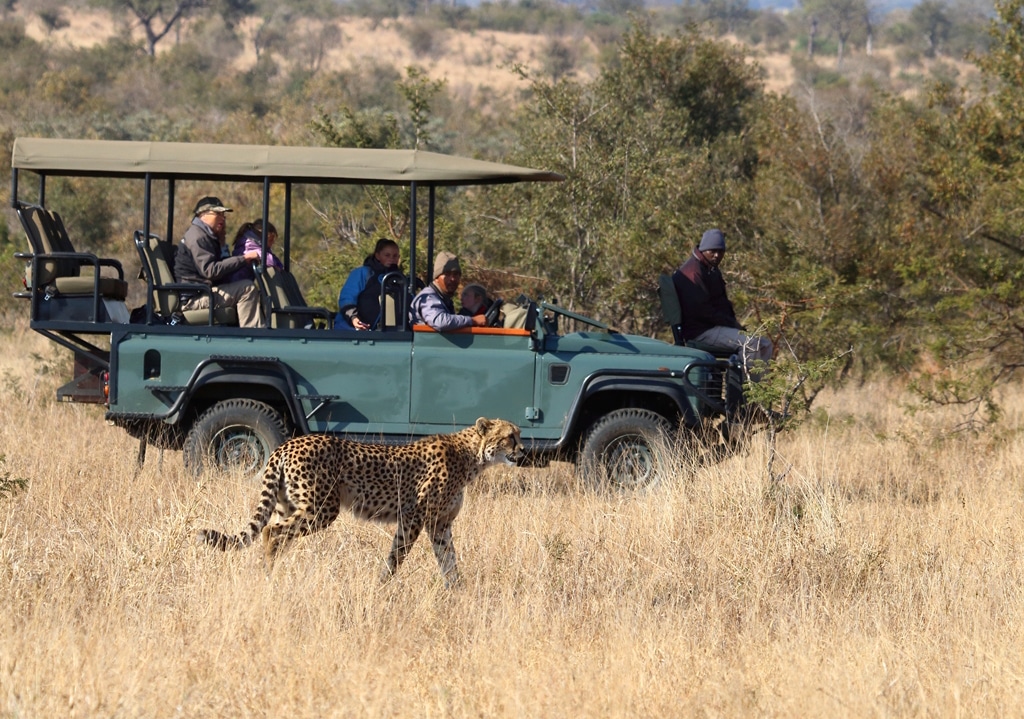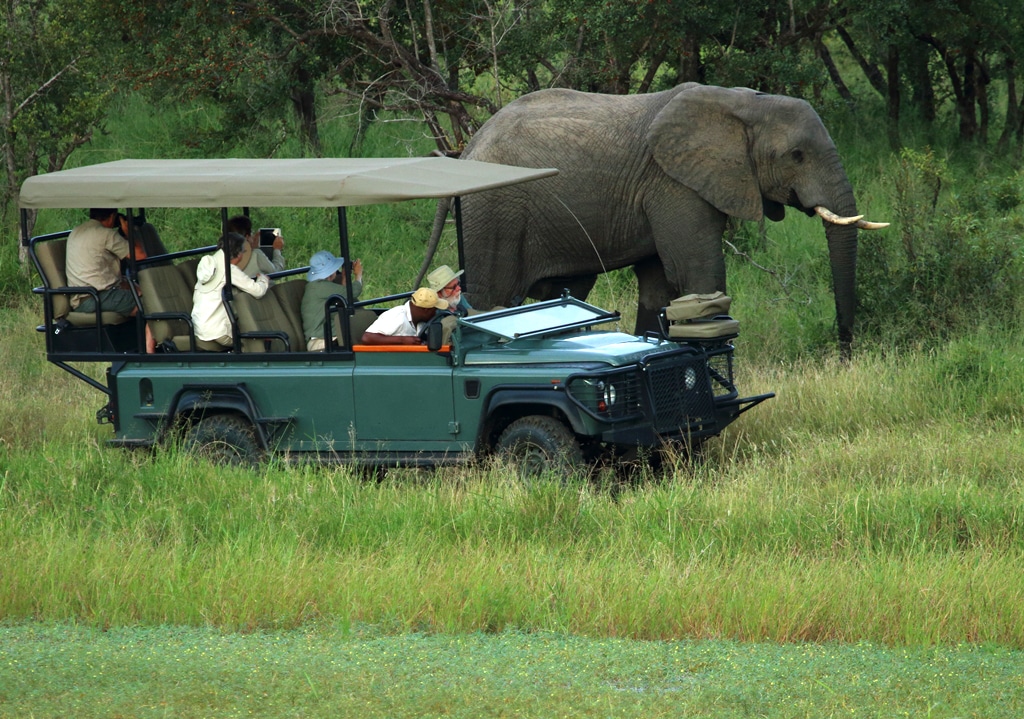Prepping for South Africa, Part 2
/The response to my Prepping for South Africa post has been incredible. No other blog post on Fuji vs. Fuji has generated so much thoughtful feedback so quickly. I really appreciate it all, and as I catch up on my email, I am seriously rethinking my gear selection yet again. Here’s the latest.
XF 100-400mm
Well, readers are decidedly in favour of me bringing the XF 100-400mm. Tweets, Facebook Messages and emails all say bring it. This prompted me to do a bit of my own reading about the lens, which lead me to this fantastic piece by Daniel J. Cox about mirrorless telephoto zooms. Fuji has an awfully impressive showing.
I certainly won’t mind the chance to do a little testing of my own with a lens like this, but I want to do what’s best for the trip, first and foremost. So, the current plan is to see how things fit once my Airport Essentials arrives. That should help determine just how many zoom lenses I’m going to bring.
XF 50-140mm
Now of course I’m asking myself if I really need the XF 50-140mm f/2.8. In some ways, it could be indispensable. The faster aperture might do wonders during dawn and dusk game park drives. But it’s another big telephoto lens with at least some overlap (depending on which teleconverters I have mounted) to haul around.
It could also necessitate yet another body thanks to…
The Wide Angle
Given how close we could get, there’s no way I can go on a game drive with 50mm being my widest focal length.
Readers also reaffirmed what my research indicates, dust will be a real problem when driving along the dirt roads in the game park, so lens changes are almost certainly going to be impossible. That got me thinking about a lens I don’t think about very often, the XF 16-55mm f/2.8.
One of my big summer comparisons is going to be this lens pitted against primes in its range, but it might just be the perfect companion to one of, if not both of the big zooms. Standard focal range, weather and dust resistant, 77mm filter thread. Suddenly a lens I wasn’t even looking at before is in the running. This trip could be an all red badge affair.
Minimal or Maximal
In truth, when I bought the XF 16-55mm f/2.8, it was with the intention of using it almost exclusively as a travel lens. Visions of trudging through the rainy lakes, dales, and moors of England came to mind. My sole reason for not considering it at first was my desire to travel with as little gear as possible. I wanted to minimize.
I’m now in danger of bringing way more gear than I was hoping. Here are some contending options:
Original Kit
Bodies: X-Pro2, X-T1
Lenses: XF 16mm f/1.4 WR*, XF 35mm f/2 WR, XF 50-140mm f/2.8*
Minimal Zoom Kit
Bodies: X-Pro2, X-T1
Lenses: XF 16mm f/1.4 WR, XF 16-55mm f/2.8*, XF 100-400mm*
I would have a really hard time leaving the XF 35mm f/2 WR behind, and probably won’t, but it’s covered by the XF 16-55mm f/2.8.
Maximal Zoom or “All The Things” Kit
Bodies: X-Pro2, X-T1, another X-T1 or X70/X100T
Lenses: XF 16mm f/1.4 WR, XF 16-55mm f/2.8*, XF 35mm f/2 WR XF 50-140mm f/2.8* XF 100-400mm*
*Denotes gear I’ll bring on the game drives.
Ugh. I really don’t want to have to do this, but if I had both the telephotos along, I feel I would almost have to bring a third body of some kind along to cover the wide end.
Going X70 has the added benefit of my wife having an “adorable little Fuji” at her disposal, but there could be a risk of dust contamination during the game drives, and it means another set of charger/batteries to bring.
Going with a third interchangeable body means I have to actually get a third, weather sealed body. That presents its own set of issues (WAF, space in the bag, batteries, WAF, etc.)
Thanks!
Thanks again so much to everyone who wrote, tweeted and messaged me their feedback. It’s been immensely helpful, and I’ll be sure to post more as I continue to sort this out. I’m hyper aware that this is an awesome problem to have, but the struggle is real, and it continues. More to come.
















